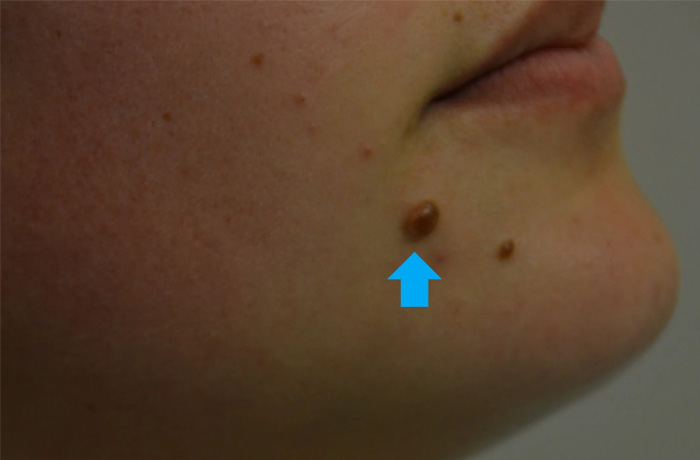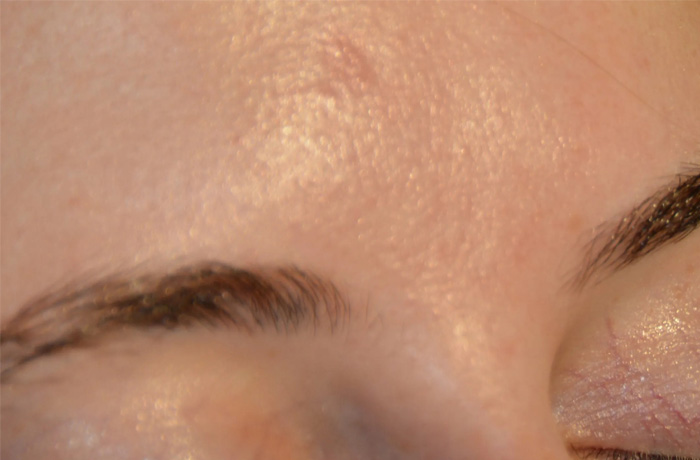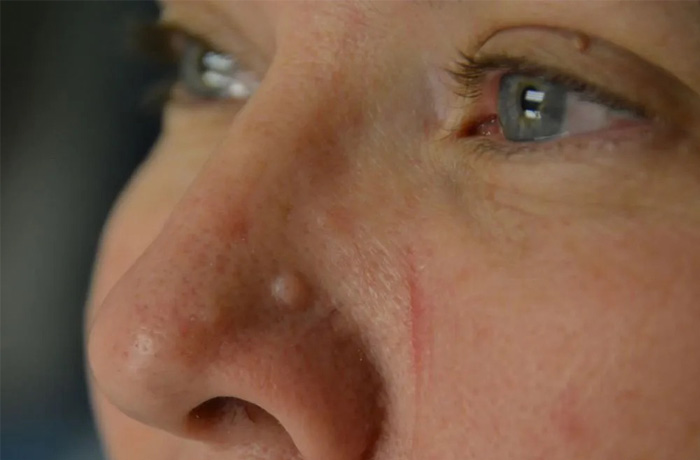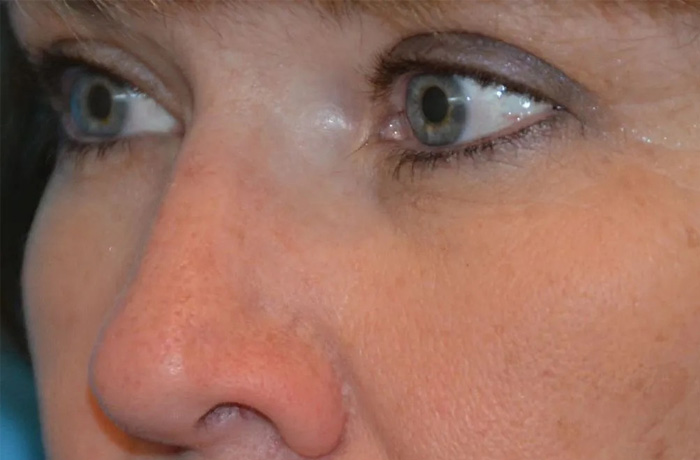What is Mole Removal?
Mole removal is a surgical procedure for removing moles from the skin. Moles are formed when the skin grows in clusters, leading to an area that is raised, pigmented, or bothersome to the individual. The procedure involves anesthesia, carving out the mole, and closing the incisions.
There are several types of moles, and some carry greater risks of developing melanoma than others.
- Congenital Mole: Congenital moles are moles that a person is born with. About 1 in 100 people are born with one or more moles. These moles range in size, color, and shape. Congenital moles that are considered large or giant are larger than 20 centimeters and have been found to carry a greater risk of developing into melanoma.
- Atypical Mole: Medically known as dysplastic nevi, atypical moles are usually larger than average (more than an inch) and irregular in shape. They may also have uneven or unusual colors. Atypical moles tend to run in families and carry the greatest risk of developing melanoma.
- Acquired Mole: An acquired mole is one that develops after birth. Although generally harmless, people who acquire more than 50-100 moles are at greater risk for melanoma.
The best way to identify potential problems is to know the pattern and placement of your moles and to examine them often. When monitoring your moles, remember the ABCDE method of self-examination. That is:
- A stands for asymmetrical shape. Watch for moles with asymmetrical shapes, such as two very different-looking halves
- B is for the border. Look for moles with irregular, ragged, or blurred borders. This is a characteristic of melanoma.
- C is for color. Look for moles that do not have the same color throughout or contain shades of brown, black, blue, white, or red.
- D is for diameter. Watch for moles that are larger than the eraser of a pencil.
- E is for evolution. Look for changes over time, such as a mole that grows, changes shape, or changes color.
Contact Dr. Urban immediately if you notice any of the above irregularities in your moles. To prevent moles from becoming cancerous, avoid the sun at peak hours, always wear sunscreen, and cover up moles with clothing when exposed to the sun.









